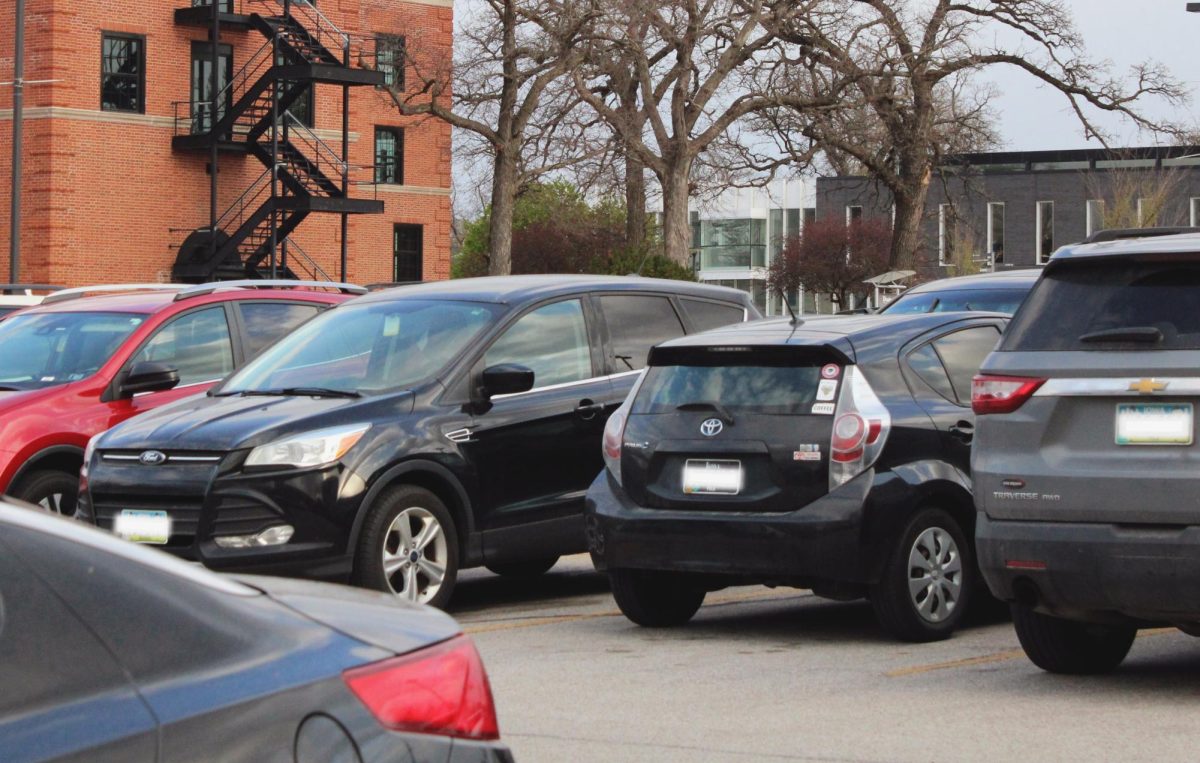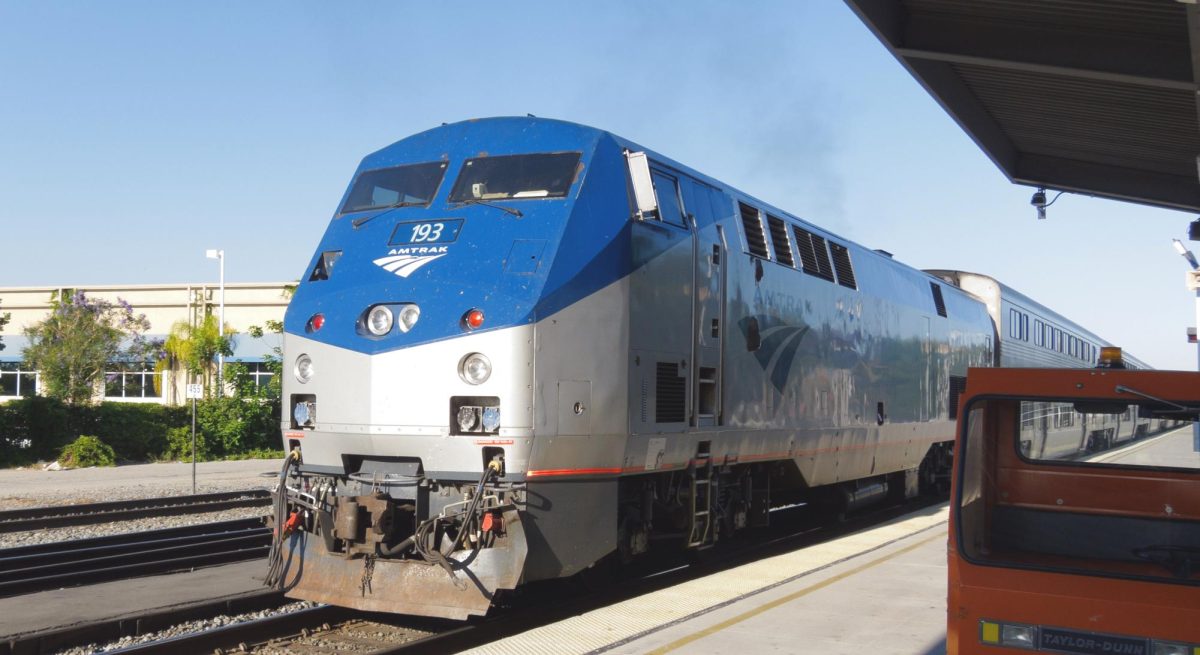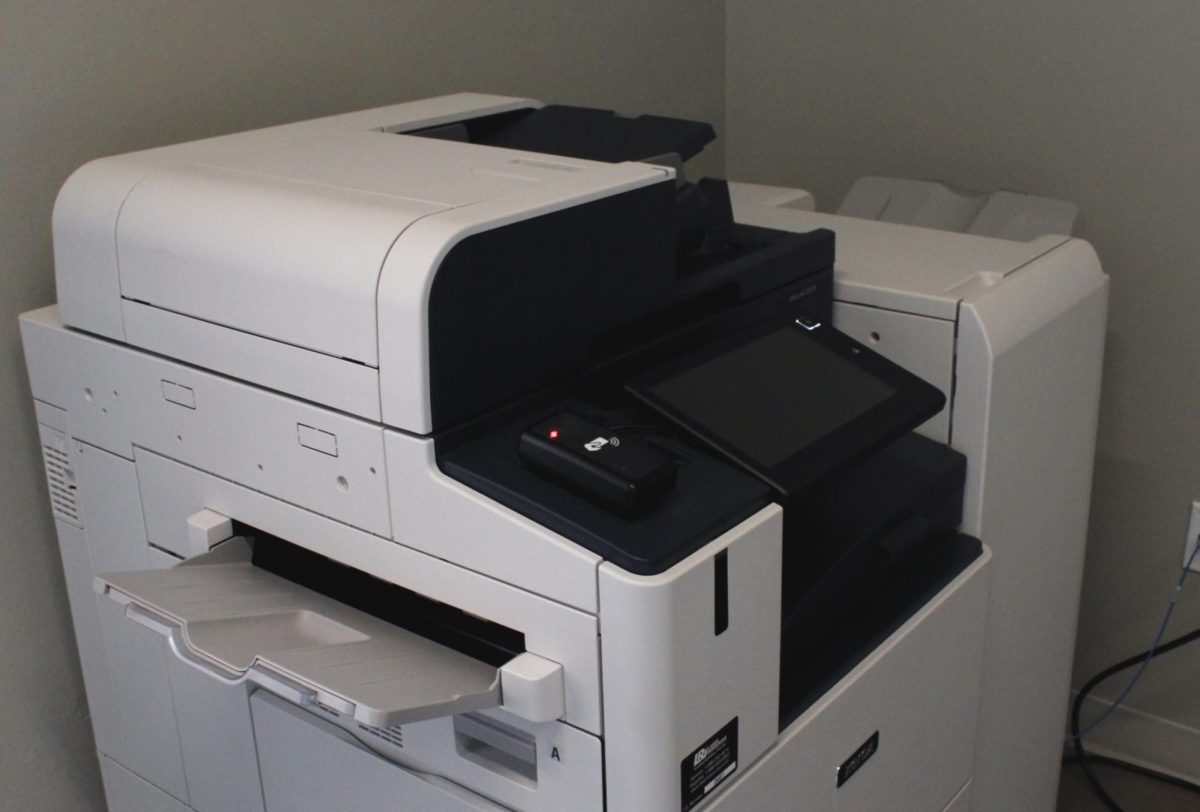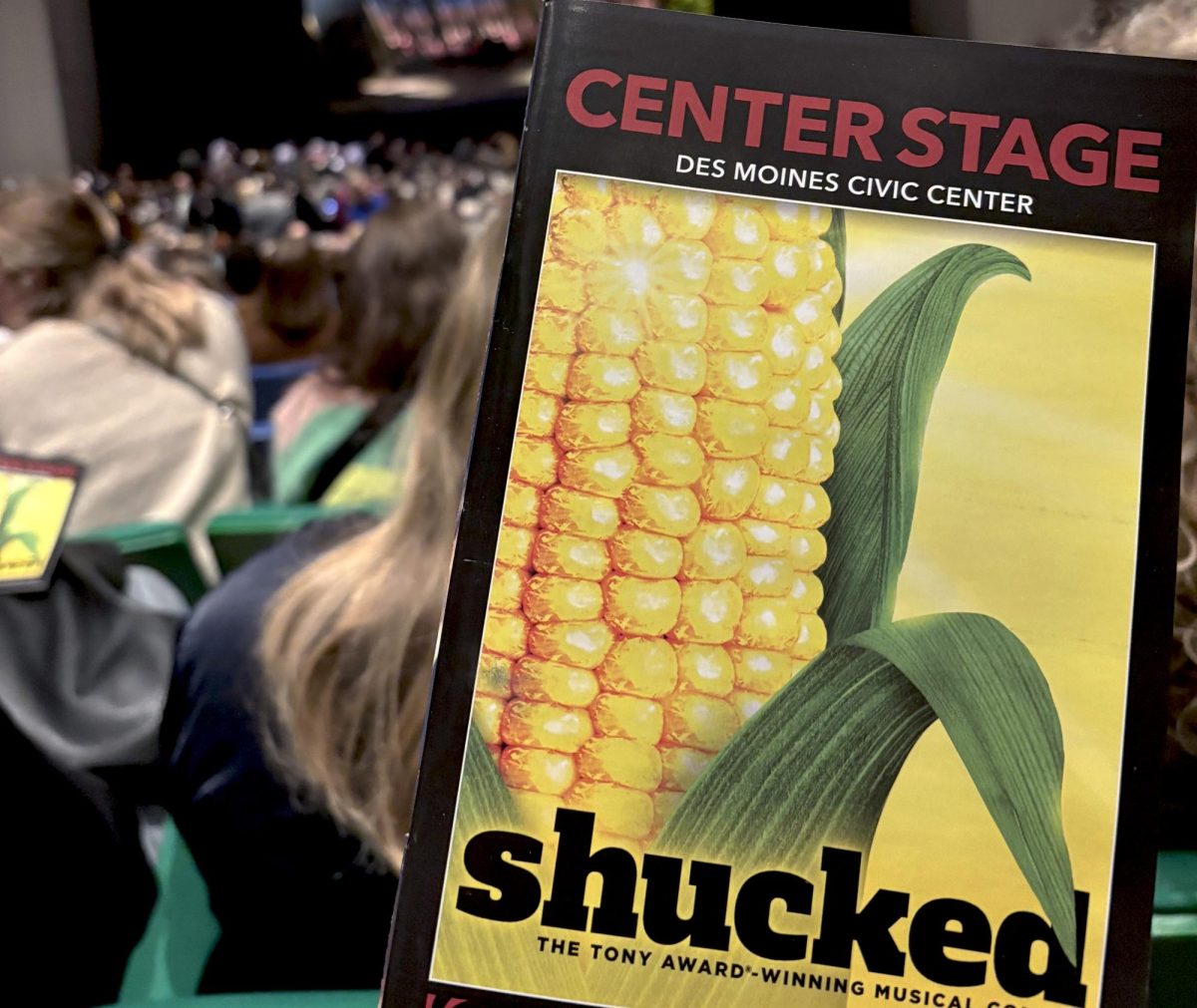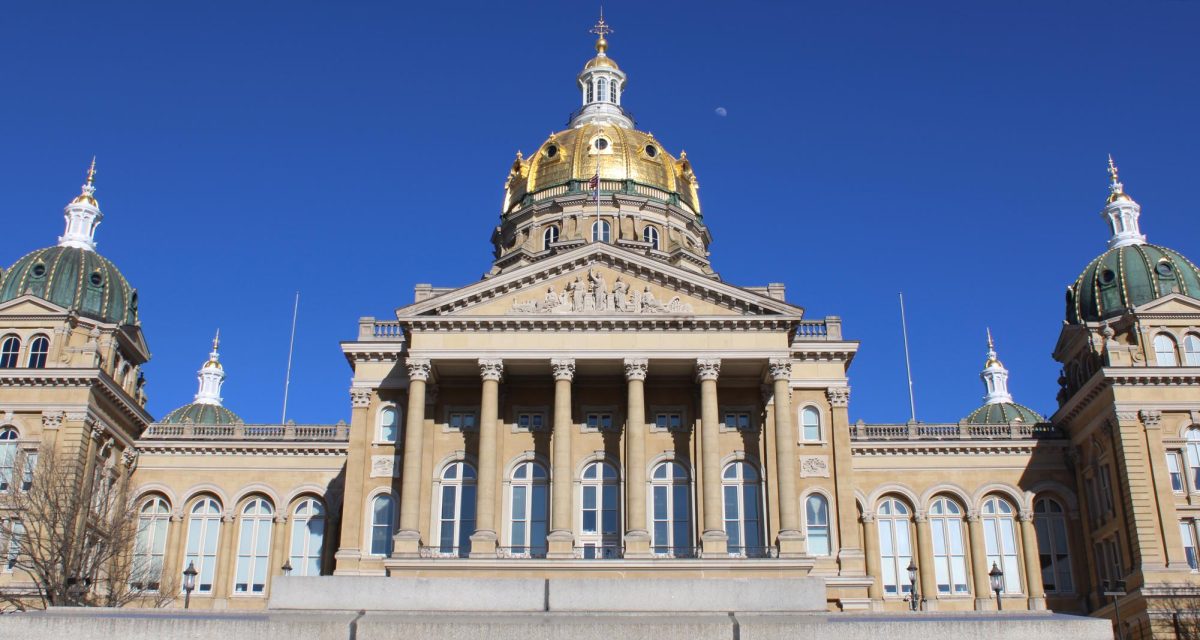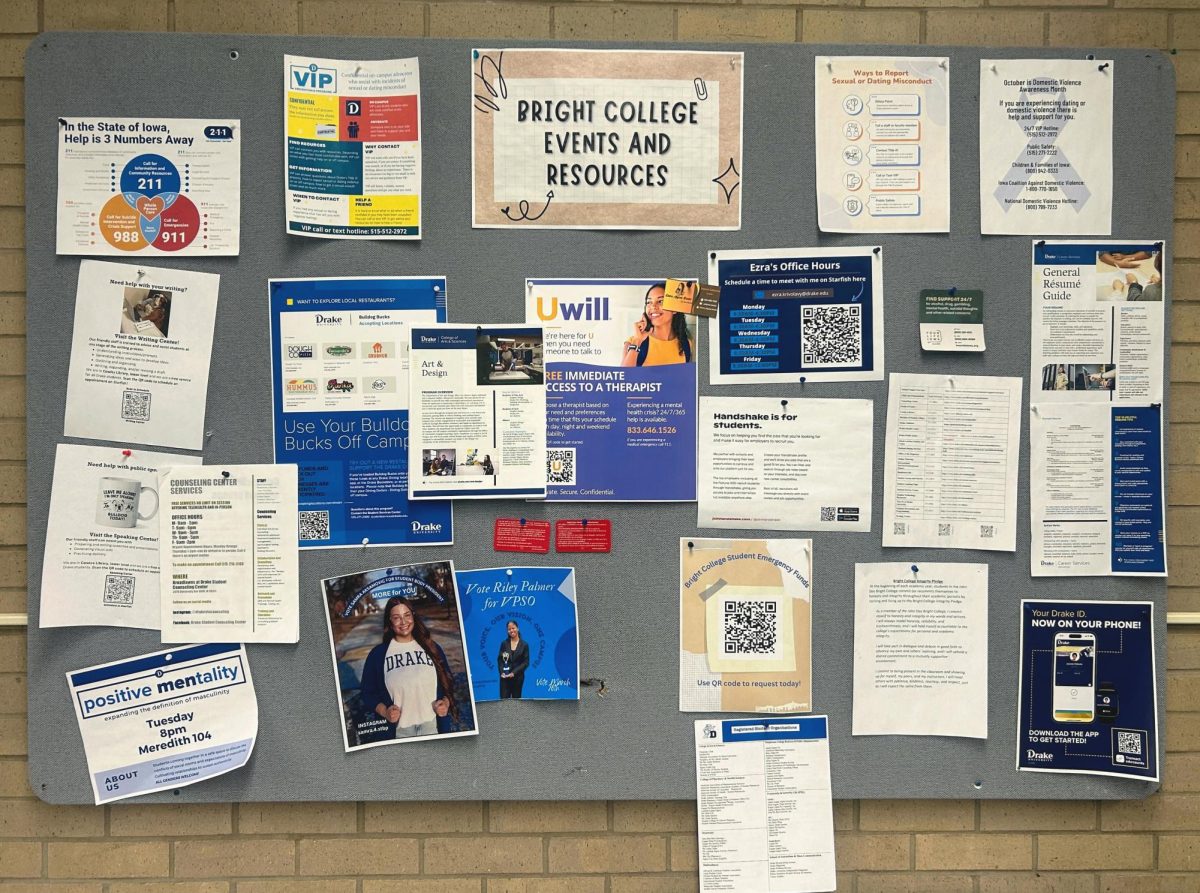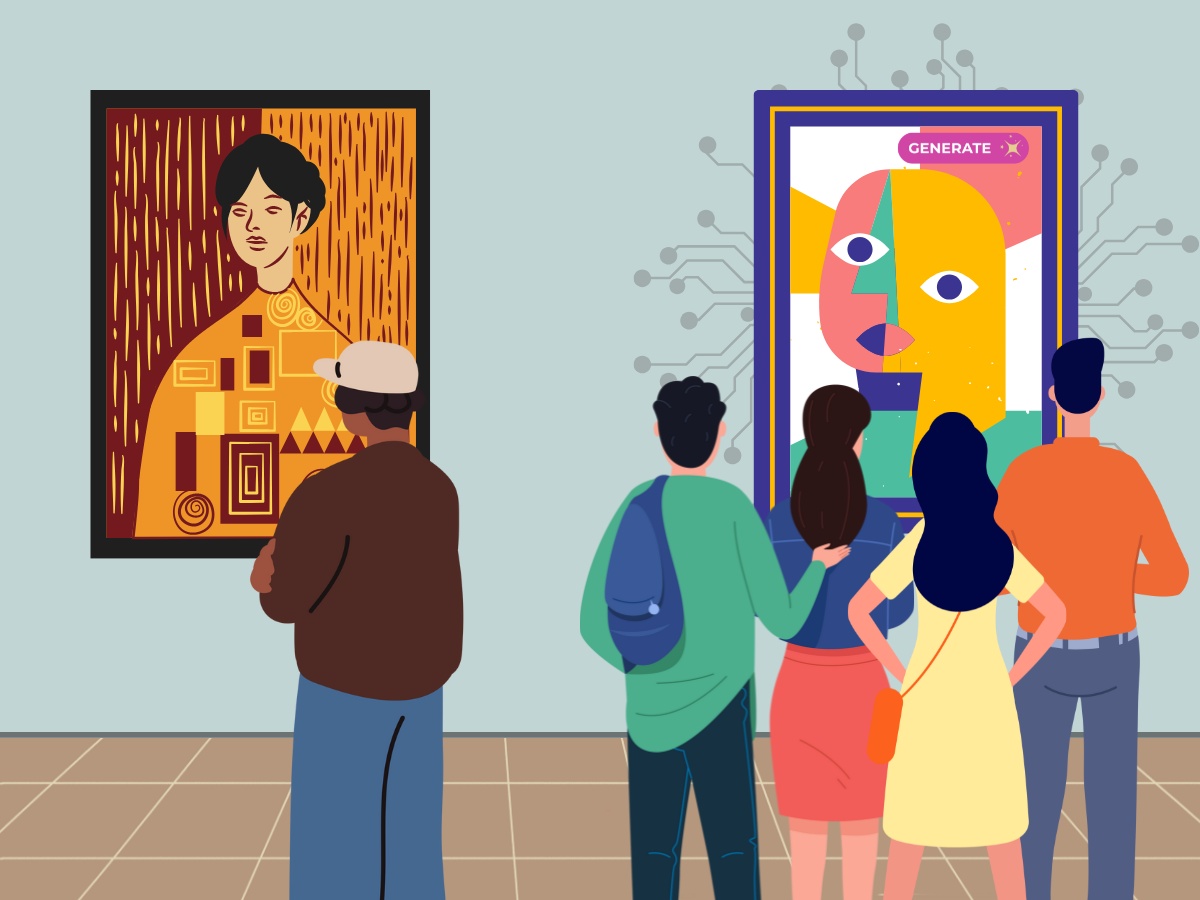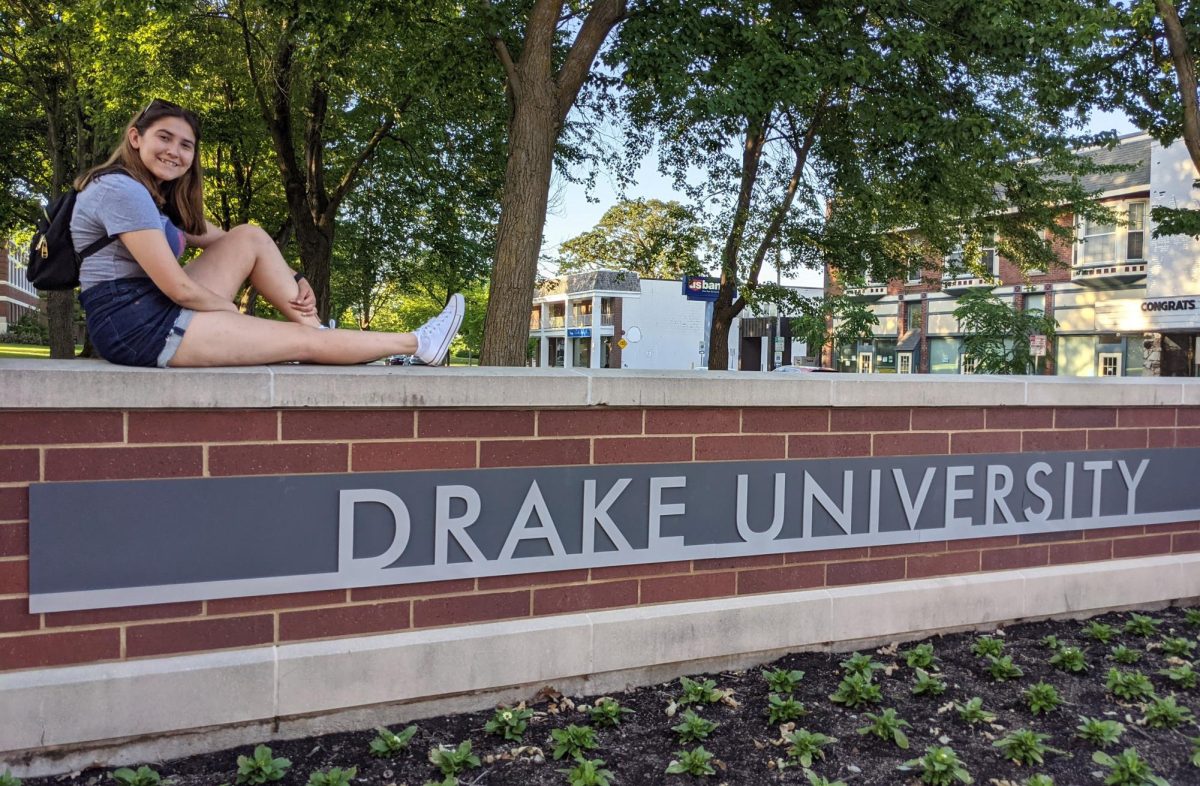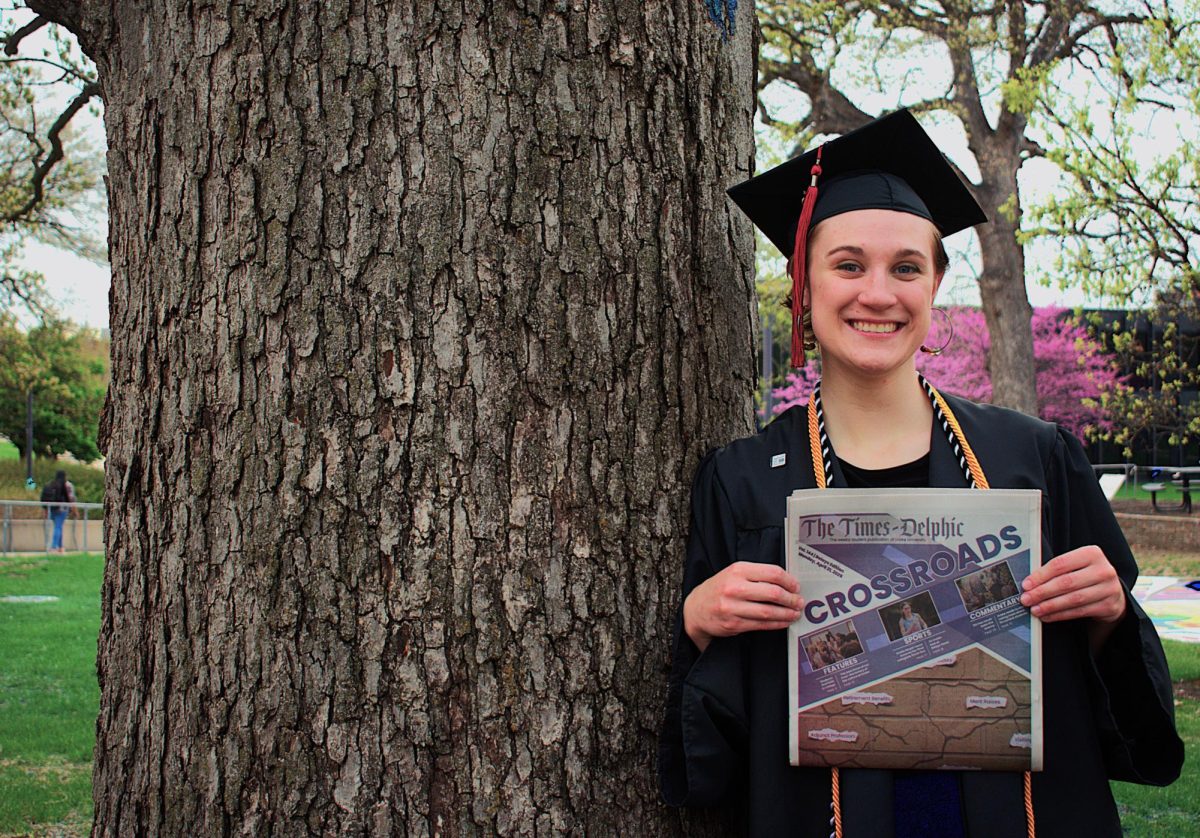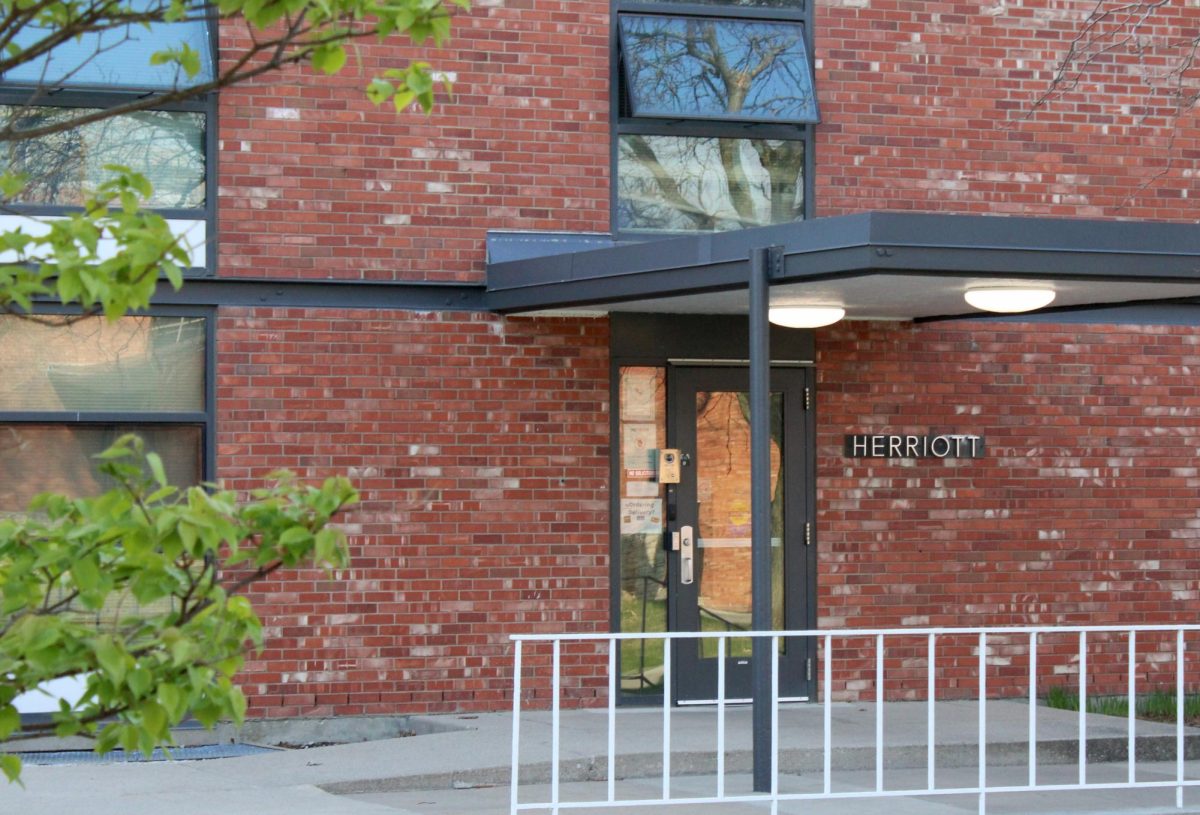Imagine the impossible: walkable cities and robust public transportation in America — especially here in Des Moines. For a brief moment this January, we saw what might be possible in the land of the free if our public infrastructure embodied the freedom to move.
During three weeks of European self-paced travel, we ogled at each country’s public transportation options, and we found ourselves so disappointed in America’s car-centric infrastructure that it became our main conversation topic. In each European municipality, we observed people milling about street shops on foot, gathering in public squares and effortlessly hopping on and off public transportation. We envied their freedom.
Across the pond, public policy has taken community-based infrastructure to heart. Streets are significantly smaller than their American counterparts, and cars are restricted to specific roads. We observed plenty of cobblestone passages that could fit a car if necessary but were designed for bikers and pedestrians.
By reducing the number of cars on the streets, pedestrians — including tourists like ourselves — could move with freedom and without fear for our lives. We could easily leave our hostel, walk five minutes to a coffee shop and then walk over to the bus or train station. European public transportation was so robust that we satisfied almost all our tourism needs without a single car, save for a last-minute taxi trip to the airport outside of town.
Within the cities, buses were a blessing. They were insanely cheap, timely and clearly marked, with stops within walking distance of everywhere we wanted to go. Between busses, trains and walking paths, we got where we wanted to go in almost the same time as a car — sometimes less — without any of the hassle of driving, parking or gas.
For our longer journeys, we took advantage of the rail. Instead of driving seven hours from London to Amsterdam, we rode the train for four. Even on the cheapest rail line and with discount student passes, we had access to all the necessities: bathrooms, in-train dining and free WiFi. Rather than strain our eyes at miles upon miles of asphalt, we read books, organized our desktops and conversed with our neighbors without worrying that we’d need to break eye contact. On the train, we could relax.
The American public transportation system experience, by contrast, is pathetically inferior. Driving around downtown Des Moines sucks, and the DART bus is a joke. Parking, if you can find it, is the same price or potentially more than a European bus ticket.
Without sufficient funding for our public infrastructure, cars dominate the landscape, restricting the movement of people who have to or want to travel by other means. An inconsistent public transportation network disenfranchises those who would use it and forces those same people to use cars.
It doesn’t have to be this way. From the 1830s to the 1920s, rail was the preferred method of transportation around America. Instead of driving for a half hour, a commuter could hop on the bus and check their email or read the morning headlines. For longer journeys, rail lines gave people— and could one day give us — cheaper, less stressful travel options for business and vacation. In short, life would be easier if we got rid of the notion that another highway lane will reduce traffic.
Yes, overriding decades worth of American auto-favoring infrastructure wouldn’t be easy, but it wouldn’t be as hard as American politicians make it seem. The railways never went away; they just changed their cargo. Before federal and local governments, under heavy lobbying from Ford and other automakers that pushed an autocentric agenda, we had rail service from Des Moines to Chicago and from Chicago to everywhere.
Forward-thinking urban planners have proposed a high-speed rail line through the Greater Northeast Megalopolis (Boston, New York, Philadelphia, Baltimore and D.C.), which would enable high volumes of people to travel cheaply among the cities. Why should American passenger rail stop there? With upgrades throughout the country, we could connect cities and towns and help people go wherever they want to go with ease and comfort. China did it. Europe did it. America can do it too.
Cars are useful, but their position as the only reliable method of transportation in most of the U.S. needs to go. America needs buses, it needs rail, and, most importantly, it needs you to support public transportation.

